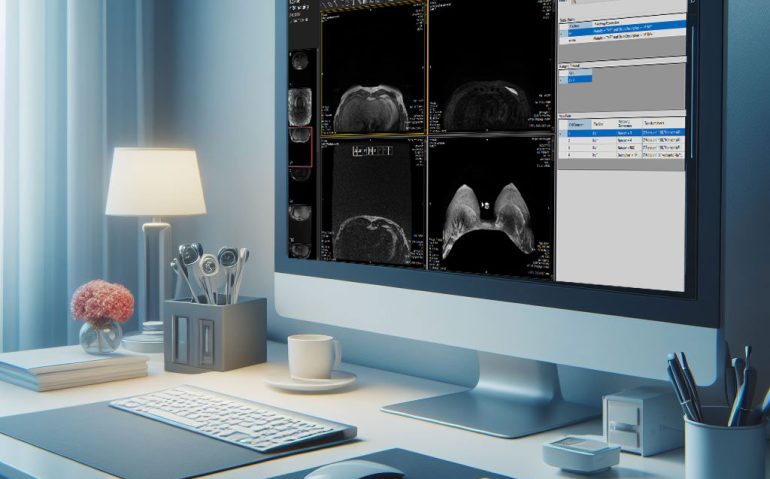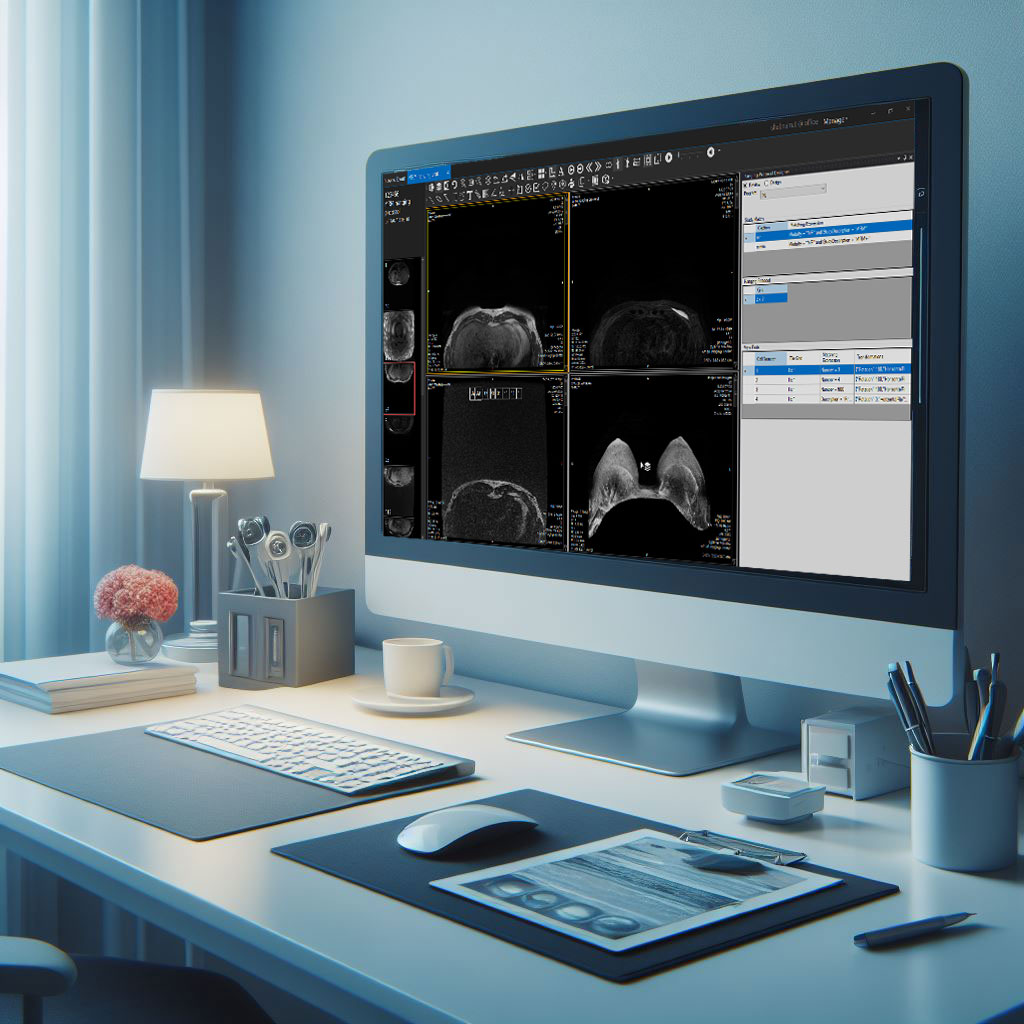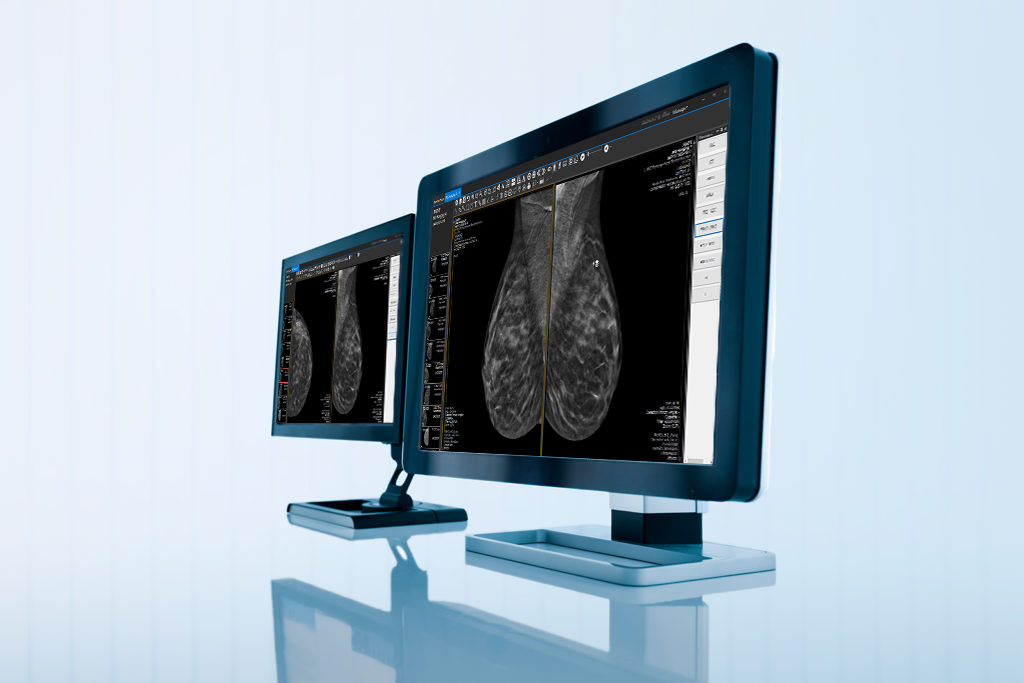Did you know that Hanging Protocols have their roots in the tradition of physically hanging x-ray films for review? It’s a longstanding practice in radiology. In today’s era of abundant medical imaging data, Hanging Protocols remain as important as ever. They refer to a predefined arrangement of medical images on a viewing workstation. This allows radiologists and clinicians to customize how images are displayed for optimal interpretation, optimizing digital image displays, reducing unnecessary clicks, increasing productivity, and helping maintain focus. In today’s fast-paced medical environment, efficiency is paramount. Healthcare professionals are constantly seeking ways to streamline processes and enhance productivity without compromising patient care. One area where significant improvements can be made is in the interpretation of medical images through the utilization of hanging protocols within Picture Archiving and Communication Systems (PACS).
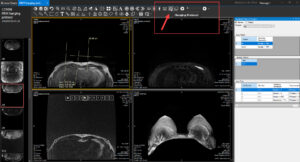
Hanging protocols serve as a set of predefined rules or configurations that dictate how medical images are displayed on a workstation or monitor. By automating the arrangement of images, their orientation, and other display parameters, hanging protocols enable radiologists and other medical professionals to efficiently review and interpret large volumes of images with ease. This feature allows for customization based on specific study criteria, such as modality and study description. For instance, a hanging protocol may be configured to apply only to Magnetic Resonance Imaging (MRI) studies with particular study descriptions, ensuring that the appropriate protocol is applied to relevant studies automatically.

Once a hanging protocol is defined, it can be applied to all studies that match the specified criteria. Within the protocol, users can set up a grid layout, defining how each cell should display images. This level of control enables customized viewing experiences, ensuring that crucial images are prominently displayed in the preferred format.
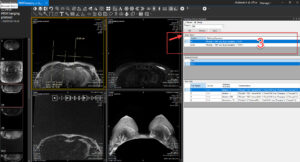
For example, within a two-by-two grid, specific series or images can be designated for display in each cell. Users can even specify parameters such as rotation or zoom level for individual images, further optimizing the viewing experience.
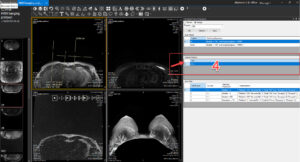
Furthermore, hanging protocols help to streamline workflow by reducing unnecessary clicks and simplifying the image review process. This not only increases productivity but also allows healthcare professionals to focus their attention on critical tasks, ultimately improving patient care.
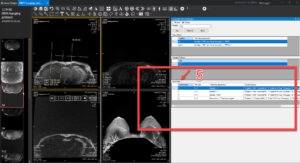
In conclusion, hanging protocols represent a powerful tool for optimizing digital image display within PACS. By automating the arrangement and presentation of medical images, hanging protocols enhance efficiency, accuracy, and overall workflow in healthcare settings. Embracing this technology can lead to significant benefits for both healthcare professionals and the patients they serve. Here at NESTOPIAA, we offer a revolutionary Hanging Protocol, addressing a fundamental yet intricate requirement! Take a look at this link to see how our hanging protocol functions.


